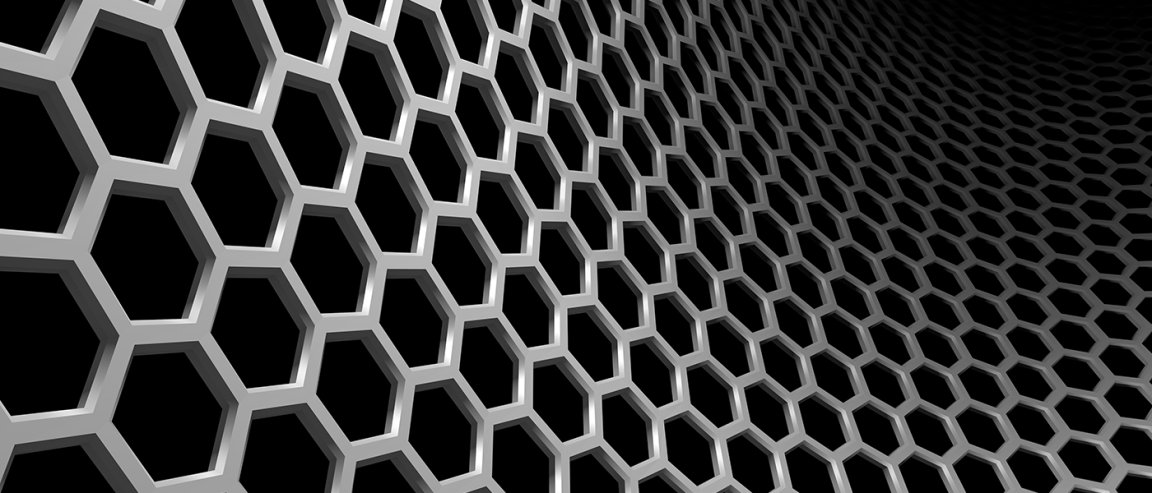
Graphene Super Skin
Researchers in Hyderabad, India, have just discovered the extraordinary self-healing properties of graphene. They hope this revelation will lead to the development of flexible sensors that can heal themselves for use in artificial skin. This would allow robots to have self-healing skin, just like their human counterparts. The researchers published their discovery in Open Physics.
is the strongest material in the world to date, yet it is a sheet of pure carbon atoms one million times thinner than paper — thin enough to qualify as two dimensional. It is still expensive, yet it remains one of the most promising nanomaterials due to its wide range of potential applications and unique properties. Furthermore, recent discoveries suggest we will soon be able to easily and cheaply reproduce it large scale.

Skin is difficult to copy precisely because of its self-healing properties. It is gentle yet highly protective, pliable but resistant to stress. Emulating these qualities in skins created with artificial substances has been a daunting task; bending, scratches, and stretches in artificial skins for robots makes them overly susceptible to fissures and ruptures.
This work provides a novel answer to the problem of creating artificial skin. If a sub-nano sensor in the graphene could sense a crack in itself, the skin could begin to repair it and prevent it from spreading; it also works to heal cracks that have already spread. In fact, these results showed that spontaneous recombination of dangling bonds prompted self-healing whenever a crack passed a critical displacement threshold.
Many Applications
The researchers believe this technology will be viable soon, perhaps for next generation robots.
“We wanted to observe the self-healing behavior of both pristine and defected single layer graphene and its application in sub-nano sensors for crack spotting by using molecular dynamic simulation,” main author Swati Ghosh Acharyya said in an interview with Newswise. “We were able to document the self-healing of cracks in graphene without the presence of any external stimulus and at room temperature.”
Graphene, widely known in scientific circles as a “wonder material,” has many other applications. Simulating the self-healing properties of human skin in artificial skin products will make a huge range of applications possible, including mobile devices, sensors, and ultracapacitors. Graphene was also recently found to have superconductive properties, which means it can be used to make MRI machines, levitating trains, or particle accelerators.
Graphene stickers can increase battery life in cell phones, and scientists have also discovered that graphene is an efficient electrocatalyst when “doped” with nitrogen, meaning that it can convert environmentally detrimental carbon dioxide into useful fuels. Graphene added into everyday substances gives them new utility. For example, graphene silly putty can measure vital signs, and researchers believe that graphene textiles will be the future of wearable electronics.
Chalk up another win for the wonder material.